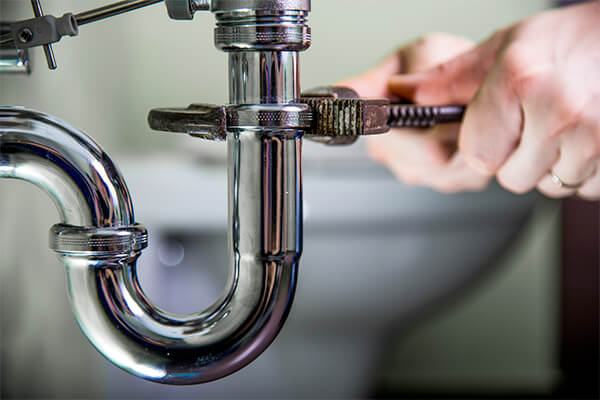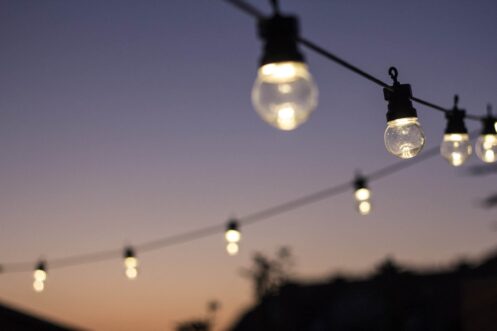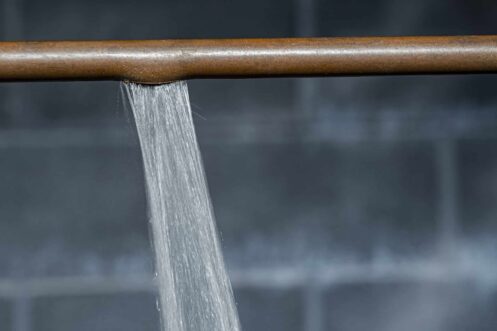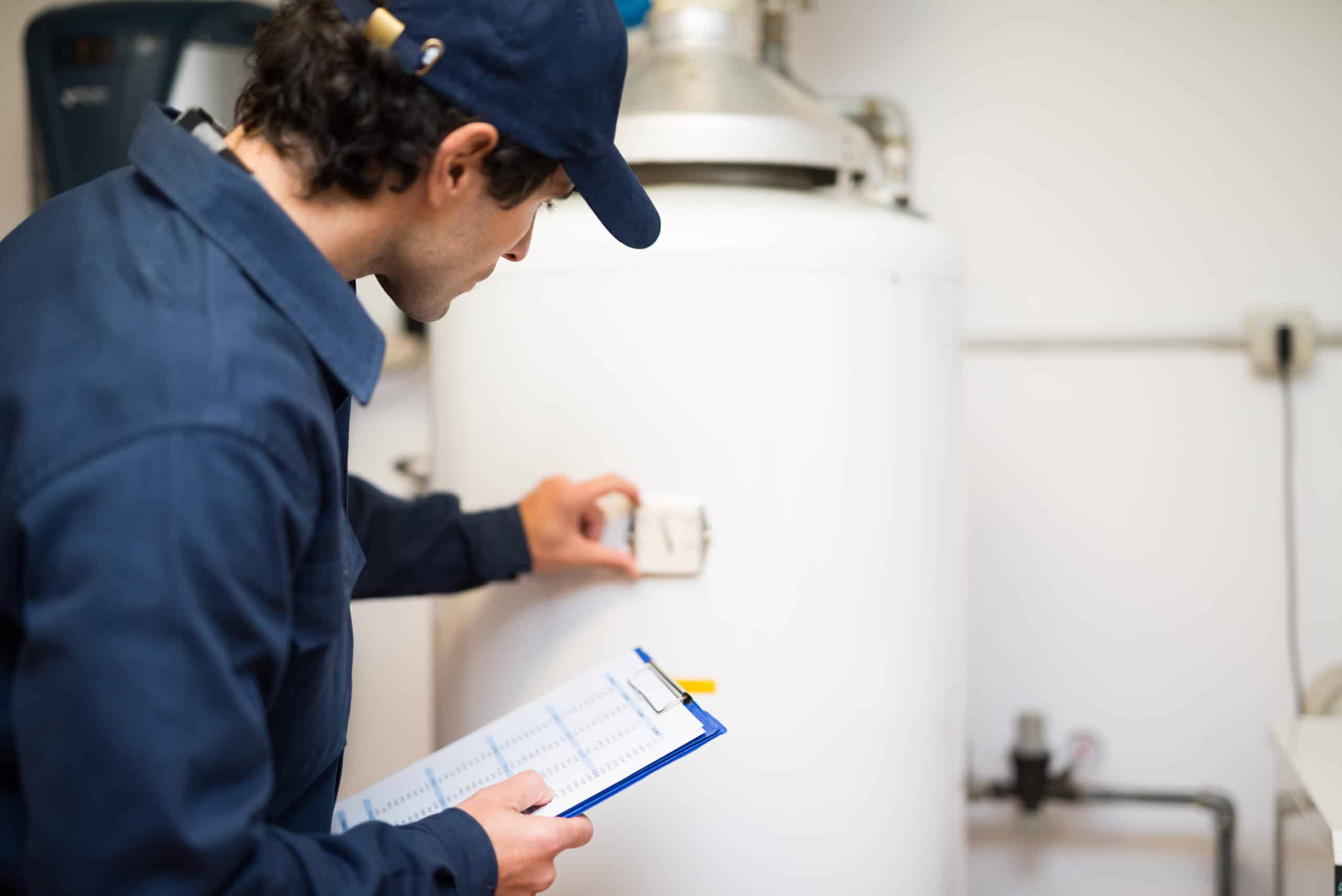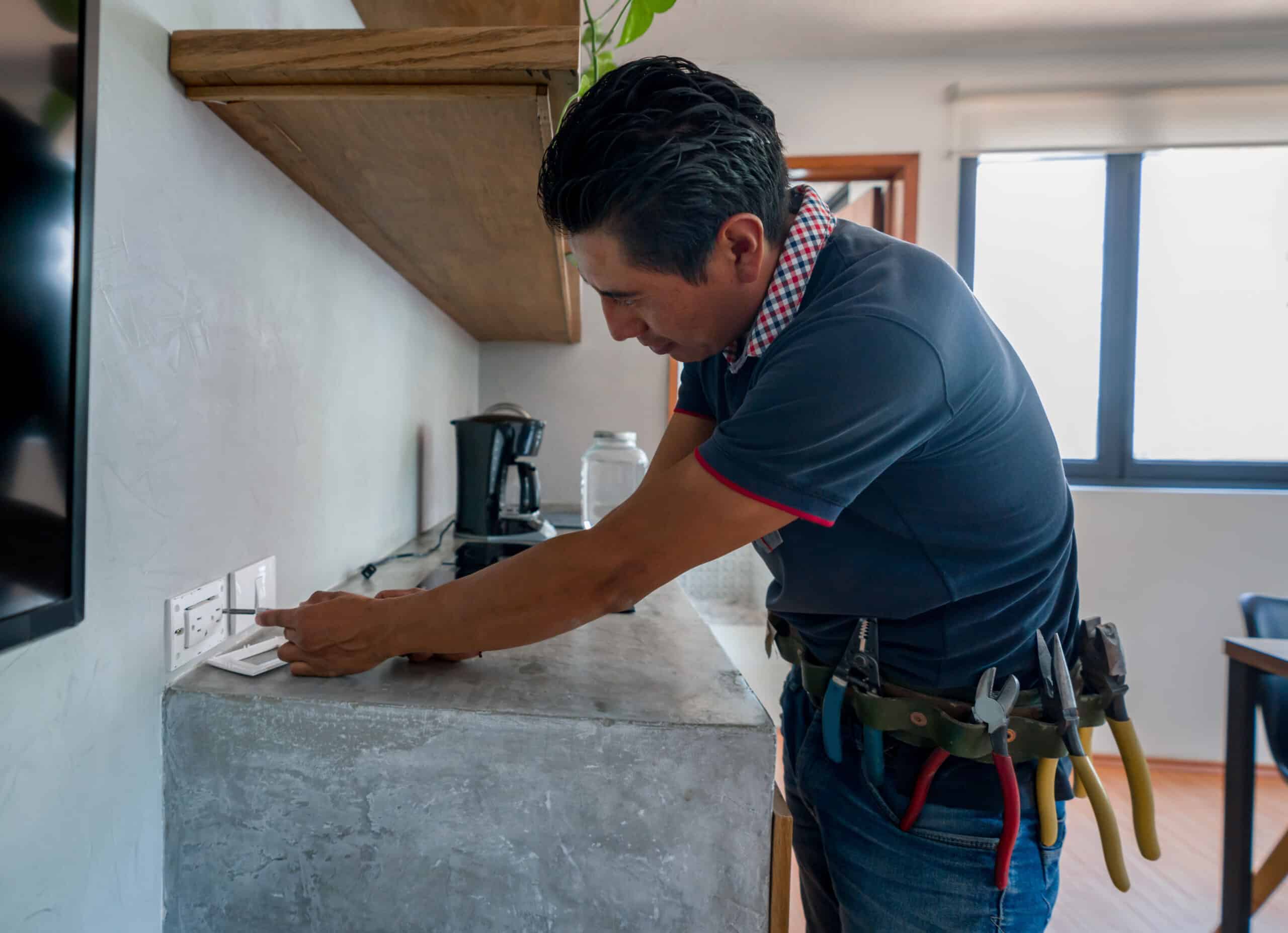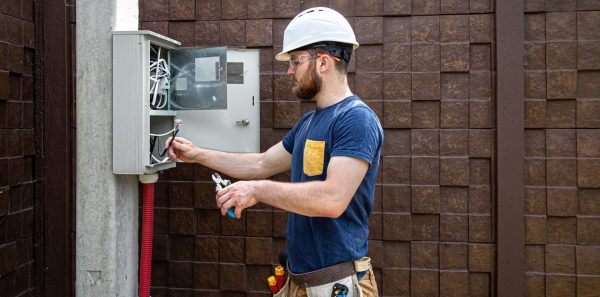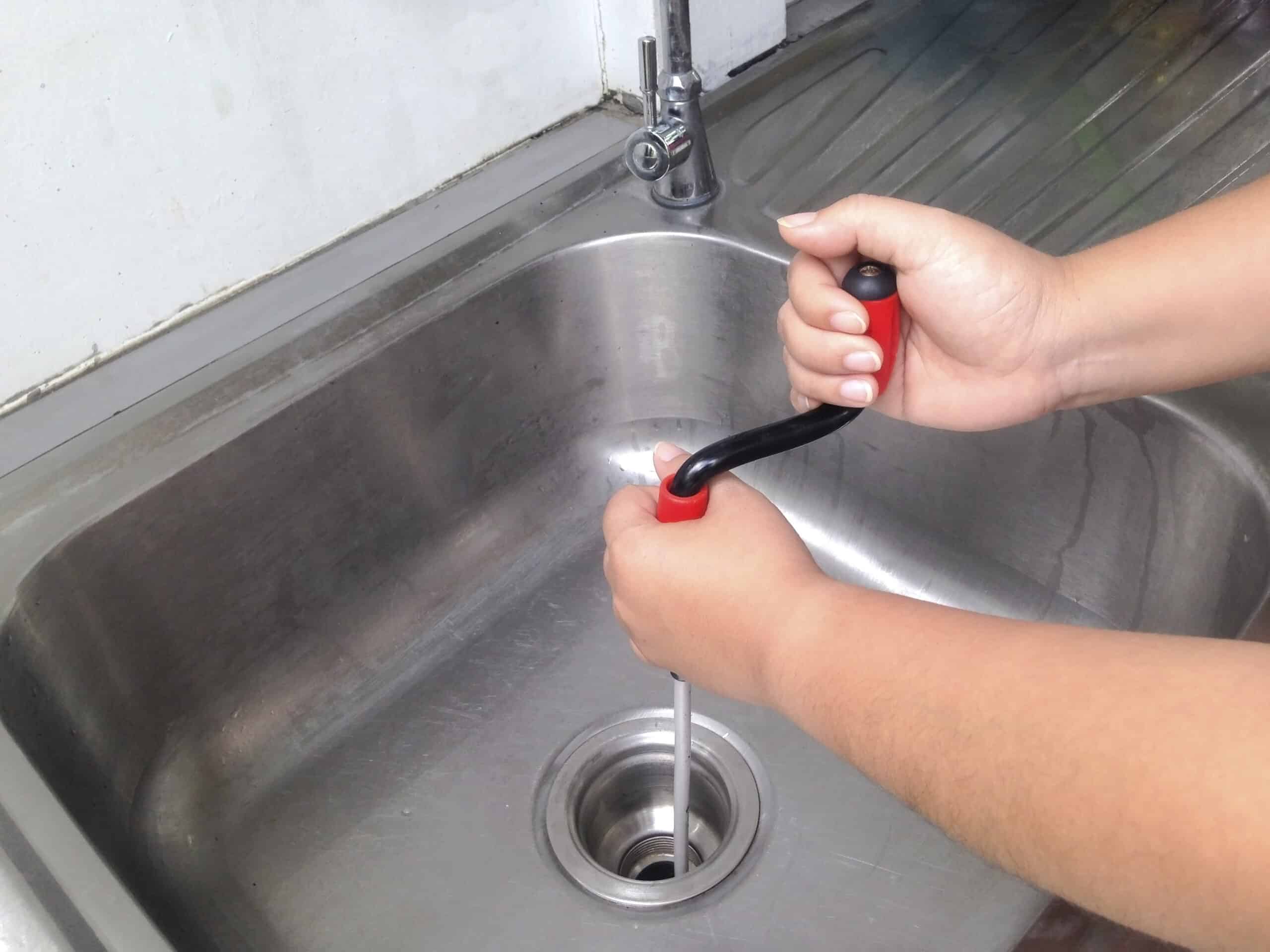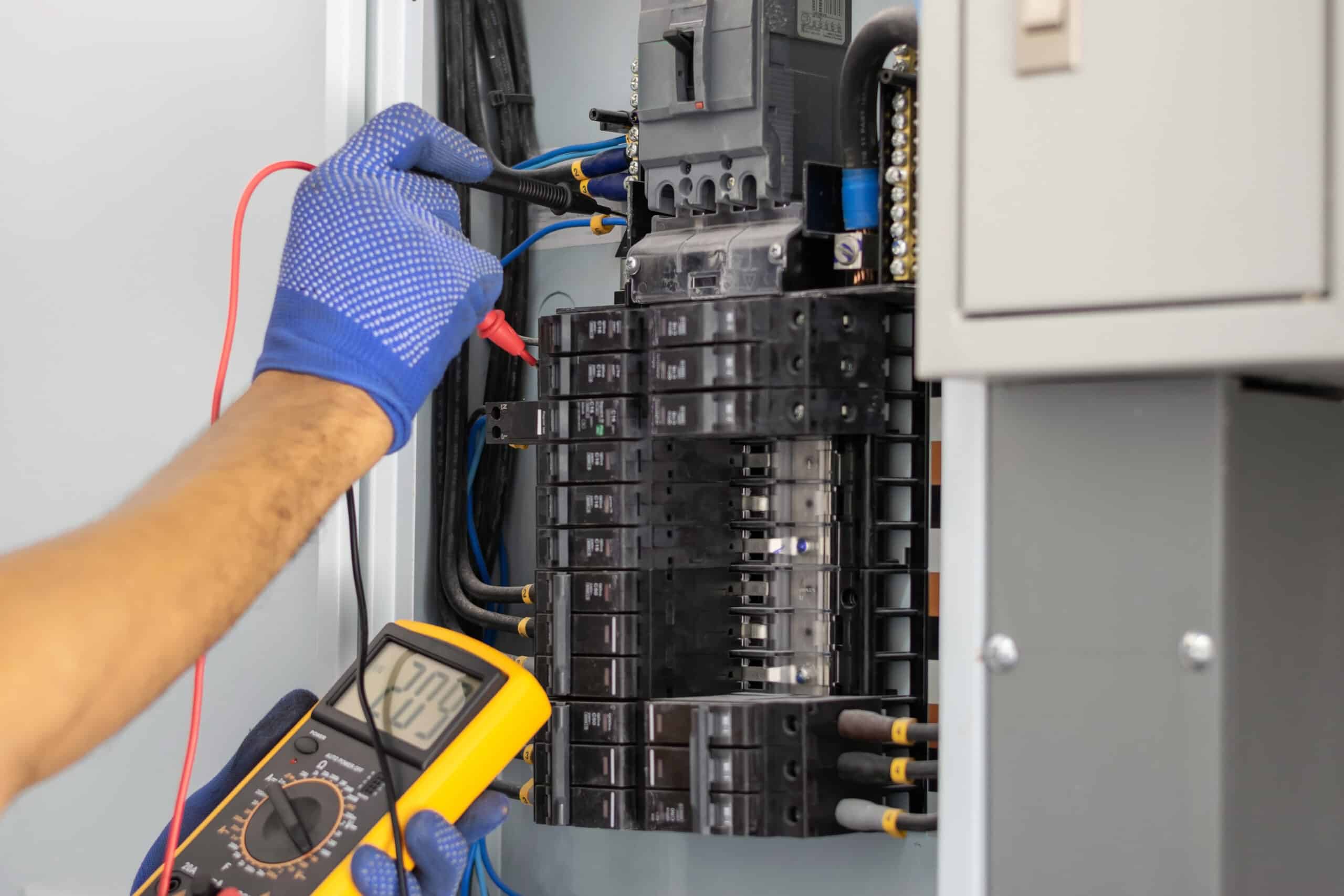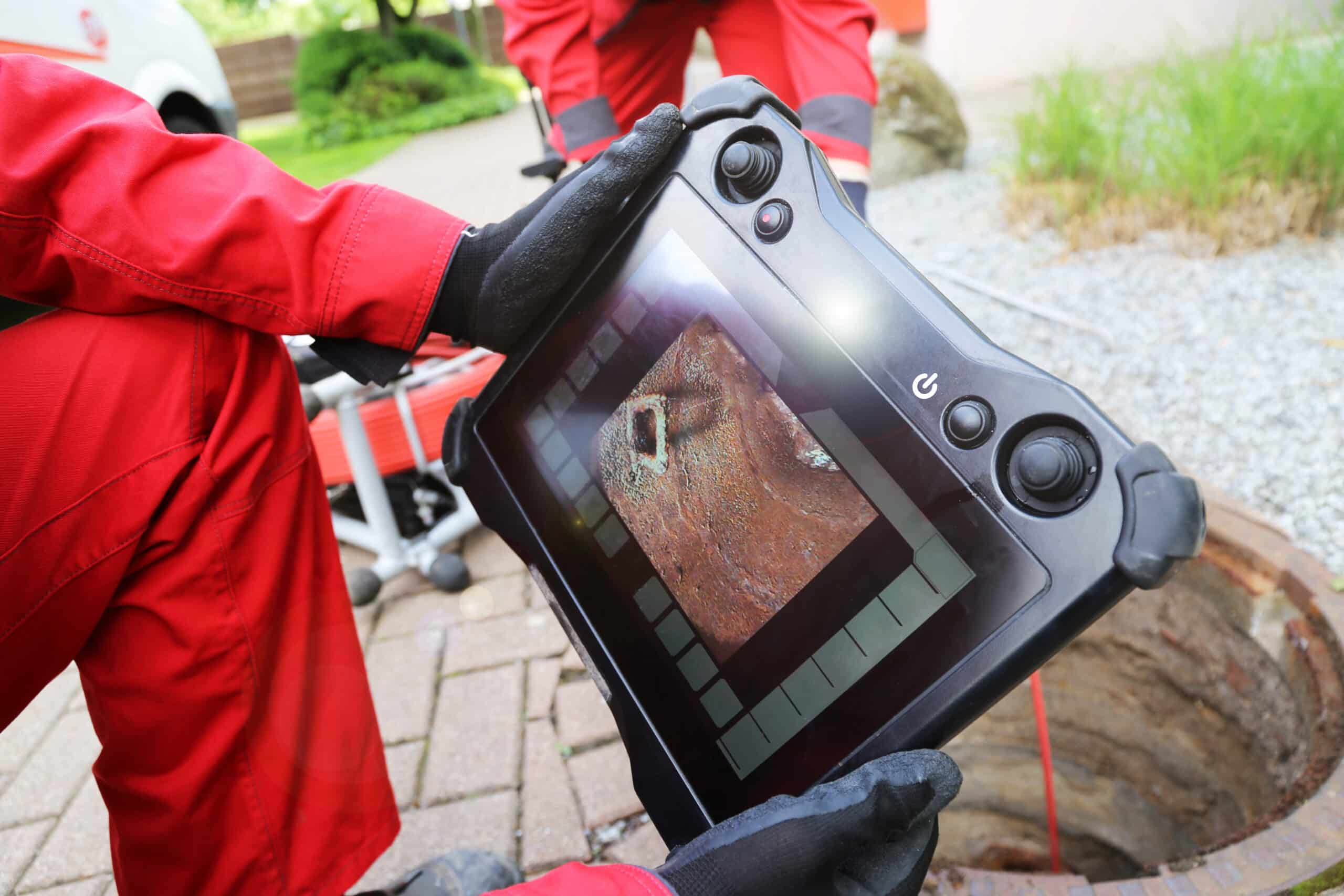It can be incredibly frustrating when you go to take a shower or try to wash the dishes and find that there is only a small trickle of water coming out. Low water pressure is a fairly common plumbing issue, but sometimes it can be tough for you to determine what is causing the problem—let alone how to fix it. In light of this, here are some of the most common reasons that your water pressure may be low and what you can do to correct the issue.
Plumbing Leaks
If there is a leak in the water main leading up to your house or in any of the water supply pipes inside the building, it can result in reduced water pressure. A leak in the main will reduce the pressure throughout the entire building, whereas any of the secondary supply pipes will only affect those plumbing fixtures that the leaking pipe connects to.
A small leak generally won’t cause the water pressure to drop that much, but a major leak could result in almost no water pressure. Nonetheless, if a leak is the reason that your water pressure is low, you will usually also quickly see other signs of the leak. For instance, you may notice water damage on your walls or ceilings, or your yard could become flooded if the water main is leaking. If you suspect that you have a plumbing leak, you should immediately contact a professional plumber to prevent the issue from causing further damage or allowing mold to grow inside your home.
Clogged Pipes or Fixtures
Hard water is a big problem in many parts of the country and is something that plagues many homes in Kansas. Water hardness refers to the concentration of minerals like calcium and magnesium in the water, and a high concentration of these minerals can lead to numerous issues, including low water pressure.
Over time, mineral deposits left behind by the hard water can begin to build up inside your pipes and restrict the amount of water that can flow through them. This causes the water pressure to drop since there simply isn’t enough water flowing through the pipe to maintain the pressure you’re used to.
The issue can occur in the water main leading to your home, which will affect all of your fixtures. It may also be that some of the pipes inside your home are more clogged with mineral deposits, which would cause only the fixtures that they feed to have lower pressure.
The mineral deposits can also build up on your inside your faucets or shower heads. This can have the same result of restricting the water flow and lowering the pressure.
Cleaning out faucets or shower heads that are clogged with mineral deposits is a fairly easy task that can be accomplished with vinegar and baking soda. However, if any of the pipes in your home are clogged with mineral deposits, the only effective solution is to replace them.
Corroded Plumbing
This issue is mostly the same as the previous problem, but it only occurs in metal pipes. As metal pipes corrode, rust can build up inside them and eventually restrict the water flow. Corrosion can also eventually eat through the pipe and cause it to leak. This is one of the main reasons that cast iron and galvanized steel pipes are rarely used for plumbing nowadays.
Broken Pressure Regulator
Some plumbing system has a pressure regulator that prevents the water pressure from being too high or too low. When working properly, the regulator maintains the pressure at somewhere between 45 and 60 psi (pounds per square inch). If the regulator is broken, it can cause the water pressure to become much higher or lower than usual.
The regulator is set to a specific pressure by the manufacturer, which means you shouldn’t ever need to worry about it if it’s working properly. That being said, the pressure can be adjusted at the regulator, and it could be that yours is somehow set too low. You should never attempt to adjust the regulator yourself, as you could damage your plumbing or fixtures if you accidentally set it too high. This is why you should always have a plumber make any necessary adjustments. It may also be that the regulator is faulty or damaged, in which case you will need to have it professionally replaced.
Shut-Off Valves Aren’t Fully Open
Your home has two primary shut-off valves that can be closed to turn off the water supply any time work is being done on your plumbing system. The water meter valve is located outside the home and can be closed to prevent water from flowing into the water main leading to the building. There is also another main shut-off valve inside the home where the water main connects to your plumbing system. If either of the valves is not fully open, it reduces the amount of water flowing through the system and leads to lower water pressure.
Your toilets, faucets, and other plumbing fixtures also have their own shut-off valves that control only that fixture. These are usually located next to the toilet or underneath the sink and can cause the same low water pressure issue if they are not fully open.
Too Much Demand
If your water pressure issues only occur at certain times, it could be that you’re simply using more water at one time than your plumbing system can supply. This most commonly occurs in situations where there is a high demand for water at one time, such as running the dishwasher and washing machine at the same time or two people showering at the same time.
There should be plenty of water coming into the home to fulfill all of your needs at once, but this isn’t always the case. If the water pressure coming into your home is already somewhat low due to any of the other issues we’ve already covered, it can cause the pressure to drop dramatically whenever demand is too high.
Issues with the Municipal Water Supply
Your low water pressure issues might not have anything to do with your plumbing system but instead the result of a problem with the municipal water supply. If this is the case, it will most likely affect all homes in your neighborhood. This means that if your neighbors also have low water pressure, it is obviously an issue for the municipality or water company to resolve and nothing you need to be concerned about.
In this situation, you should contact whoever is responsible for the water supply to see what the problem is and how they are fixing it. The most common reason this occurs is due to a leak or because part of the water supply was shut off for maintenance work or repairs.
Professional Plumbing Services and Solutions
If you’re experiencing any issues with low water pressure in your home, the team of professional plumbers at Eck Services is here to help. We can inspect all aspects of your home’s plumbing system to identify the problem and determine the best possible way to overcome it.
With locations in Wichita, Kingman, Medicine Lodge, Hutchinson, and Pratt, we serve customers throughout much of south-central Kansas. We also provide heating, cooling, indoor air quality, electrical, and septic services for both residential and commercial customers.
Don’t struggle any longer with inadequate water pressure. Instead, give us a call today to ensure your low water pressure issues are a thing of the past. Follow our Facebook page for more updates.


